Our Goal
5 Million Trees Planted by 2025
OUR 4 PILLARS
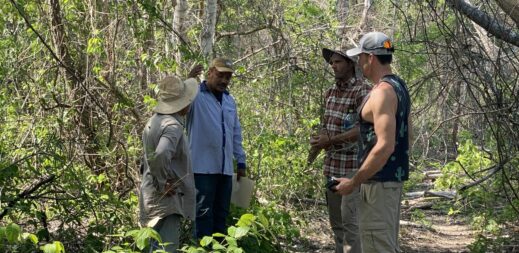
Forest Management
- Our goal is to influence private, public, and community landowners to restore critical masses of the forest.
- It is planting local tree species that provide a natural habitat for the wildlife and economic growth for the people living there.
- Focus on areas under integrated agricultural and forestry production.
- Farming systems within natural forest ecosystems will yield high-quality timber deadwood timber that can selectively be repurposed.
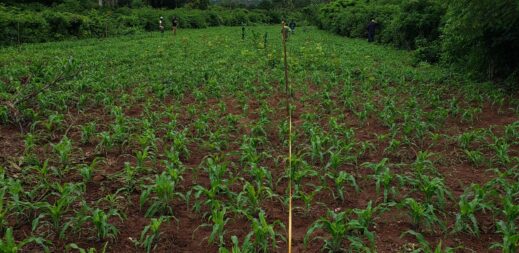
Develop Sustainable Food Production
- Integrated land management will support the establishment of Baru nut trees.
- Intercropping with Baru is encouraged. The communities can and will continue to plant and harvest crops such as corn, sesame, yucca and other crops that supply a stable food source and income for their family for years.
- Fruit from the Baru tree is used for feeding livestock. In addition, this seed has been consumed by the local community members for generations.
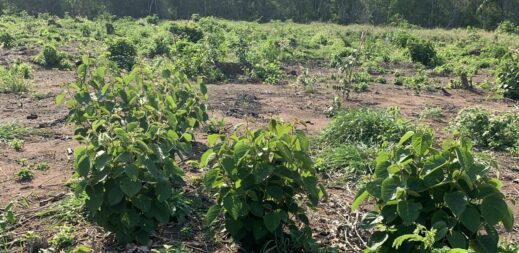
Reducing global CO2 Emissions
- Dipteryx alata (Baru trees) is one of the world’s best species for CO2 conversion.
- Baru nut trees grow well in acidic, degraded land and require very little water.
- We plan on planting 1 million trees.
- Local training programs will help ensure the trees are to maturity.
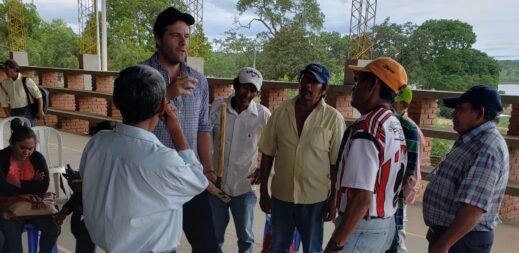
Indigenous Community Economic Development
- Activity will improve the income and living conditions of local farmers and their families and supply local communities with seedlings, training, and supplies.
- Purchasing agreements with local farmers for harvests will promote prosperity among indigenous communities for decades.

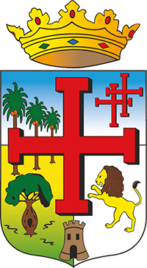

Together we will save the planet. Let's start today!
About Us
Where We Plant
Techniques
Get Involved
Not-for-profit | Terms and Conditions | Privacy Policy
Follow our Journey